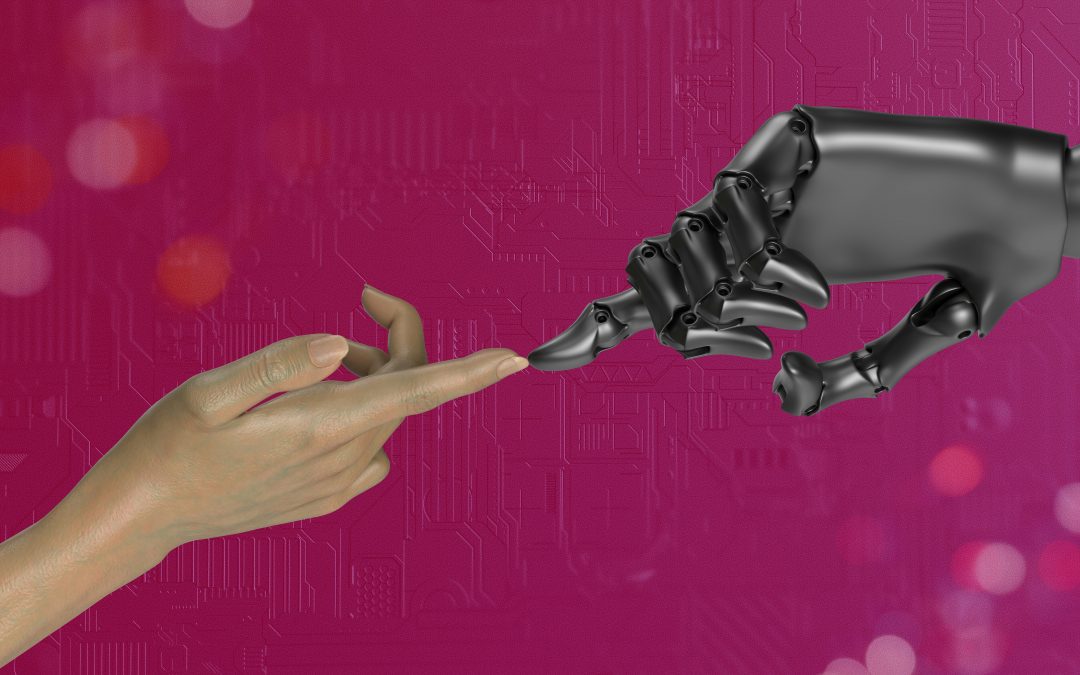
Don’t confuse motion for action
If you had to focus on the three things that would currently drive the most impact (in your discipline), what would they be?
Speed is vital. Advice changes rapidly, so get communication out to customers as quickly as possible. Accuracy is key. Use the data you have to inform your messaging and engage with your customers. The right message to the right people will make a big difference. And finally, quality. In trying to make point 1 happen (speed), don’t be tempted to skip or squeeze those all-important QA steps as this could be quite damaging.
Prioritise correct measurement and tracking. Define your precision targeting. Use data to connect channels with each other to drive efficiency.
Identify what you can sacrifice and what must be kept. Identify any core themes or direction which can be used to join efforts and resources to increase efficiency. Where possible, plan for the other side of this crisis where you may have the upper hand against competitors who have only been thinking of the short-term.
Welcome your new customers. Recognise that they came to you during an unprecedented time and think about what you can do to onboard these new customers differently.
Make good news. Companies should think about how to win hearts and minds, so that tomorrow’s customer knows where to spend (in other words, build loyalty now).
Consider behavioural change. Analyse your data from the last few months and start to join the dots and tell the stories. This could provide some differentiating content and allows you to adapt your offering to suit new customer behaviours.
Create a sequential comms plan; plan 3, 4, 5 communications ahead and link them based on engagement.
Create sub-segmentation of engagement during this specific time.
Create content that is both separately re-active and pro-active depending on messaging, CTA, previous engagement etc.
Figure out how to help
The brands who engage in finding solutions (LVMH, BrewDog) have already set themselves apart. Brands who’ve appeared to hinder recovery efforts, whether through mistreatment of employees or refusal to conform to social distancing requirements (e.g. Wetherspoons), may well be in for negative impact when COVID-19 subsides.
Holly Payet – Planning Manager
In times like these, there is a real opportunity for brands to show their value to customers beyond the products that they sell. Before stricter government rules were put in place, many restaurant chains kept select venues open in order to fulfill the increase in food delivery, and as a result not only continued bringing revenue in to pay staff wages but brought customers their favourite dishes right to their door.
Dark kitchens (places where food is prepared for takeaway rather than restaurants) have already been on the rise over the last couple of years with the increased popularity of Deliveroo, Just Eat and UberEATS, but that growth looks likely to reach new levels in the current climate:
Fast-fashion brands have taken a beating on social media for continuing to push messages that encourage using delayed payment platforms like Clearpay and Klarna to encourage impulse buys.
However, for brands selling key items such
as ovens and fridges, these types of payment options may be a blessing in uncertain times. It’s all about finding what is appropriate for your brand and the wider context in which you’re operating. Failure to consider this could lead to your customers letting you know publicly that you’re not getting it right.
Brands are showing initiative in recognising the hard work of the nation’s key workers. The Pret email offering free drinks and 50% off everything else for this group has been shared countless times (the design of the email meant it was the perfect size for a phone screenshot).
But there are ways to support key workers beyond discounts. Gary Neville and Ryan Giggs’ hotels are being closed in order to provide free access to rooms for NHS staff. Moves like this are beneficial on multiple levels: most importantly, the people making sacrifices are benefiting, but there is also potential for brand awareness and positive sentiment.
Innocent’s social manifesto provided many with a moment of hope and respite – perfectly in keeping with their brand tone of voice. Tuning into what your audience wants is paramount to survival. It always has been for brands, but now more than ever.
Tanya recently wrote about how BBC Good Food were reaching out to their followers on social media to understand what they could help them with, such as easy meal swaps and being adaptable with home cooking. John Lewis are planning to introduce digital services, including online craft courses, for anyone in isolation.
These examples show that there are audiences out there who need to be catered to, even if that looks slightly different from business as usual. By taking time to consider your customer groups and the way they interact with your brand, you can identify opportunities to provide value above and beyond what’s usually expected of you.
Ultimately, the most effective way that brands can help at a time like this is by providing reassurance. Let your customers know if you’re still delivering. Let your customers know you have what they need. Let them know that you’re looking out for them as well as your own staff. Find what matters most to your audience, and effectively communicate about it.
And if you can’t help?
Be funny (brand allowing).
To read the rest of What Matters Now? please download the full report here










